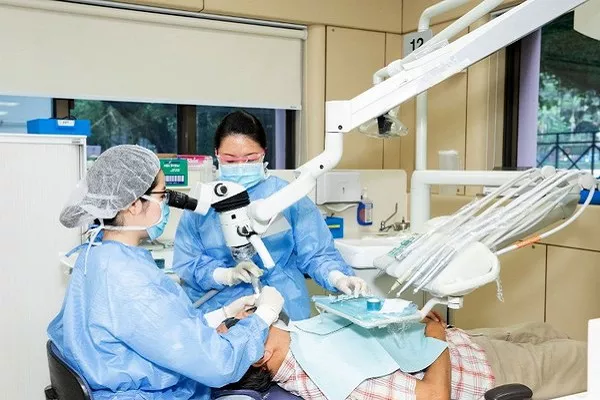Periodontitis is a serious gum disease that can lead to tooth loss if left untreated. While surgery may be necessary in advanced cases, there are non-surgical options available for managing and even curing periodontitis.
According to various web articles, the first step in treating periodontitis is to address the underlying cause, which is the buildup of bacteria and plaque on the teeth and gums.
This can be achieved through professional dental cleaning, known as scaling and root planing, which removes the plaque and bacteria from the teeth and roots.
In addition to professional cleaning, proper oral hygiene practices such as brushing and flossing are essential in managing periodontitis.
This includes brushing twice a day with a fluoride toothpaste and flossing daily to remove plaque and food particles from between the teeth.
In some cases, antibiotics may also be prescribed to help manage the bacterial infection associated with periodontitis.
This may include the use of oral antibiotics or the application of antibiotics directly to the affected area.
While non-surgical options can be effective in managing periodontitis, it is important to note that advanced cases may require surgical intervention.
This may include procedures such as flap surgery, bone grafting, or tissue regeneration to repair damage to the gums and bones.
Prevention is also key in managing periodontitis.
Regular dental checkups and cleanings, as well as a commitment to proper oral hygiene practices, can help prevent the buildup of plaque and bacteria that can lead to the disease.
In conclusion, non-surgical options are available for managing and even curing periodontitis. Professional dental cleaning, proper oral hygiene practices, and antibiotics can be effective in managing the disease. However, advanced cases may require surgical intervention. Prevention strategies such as regular dental checkups and cleanings are also important in managing periodontitis.
































